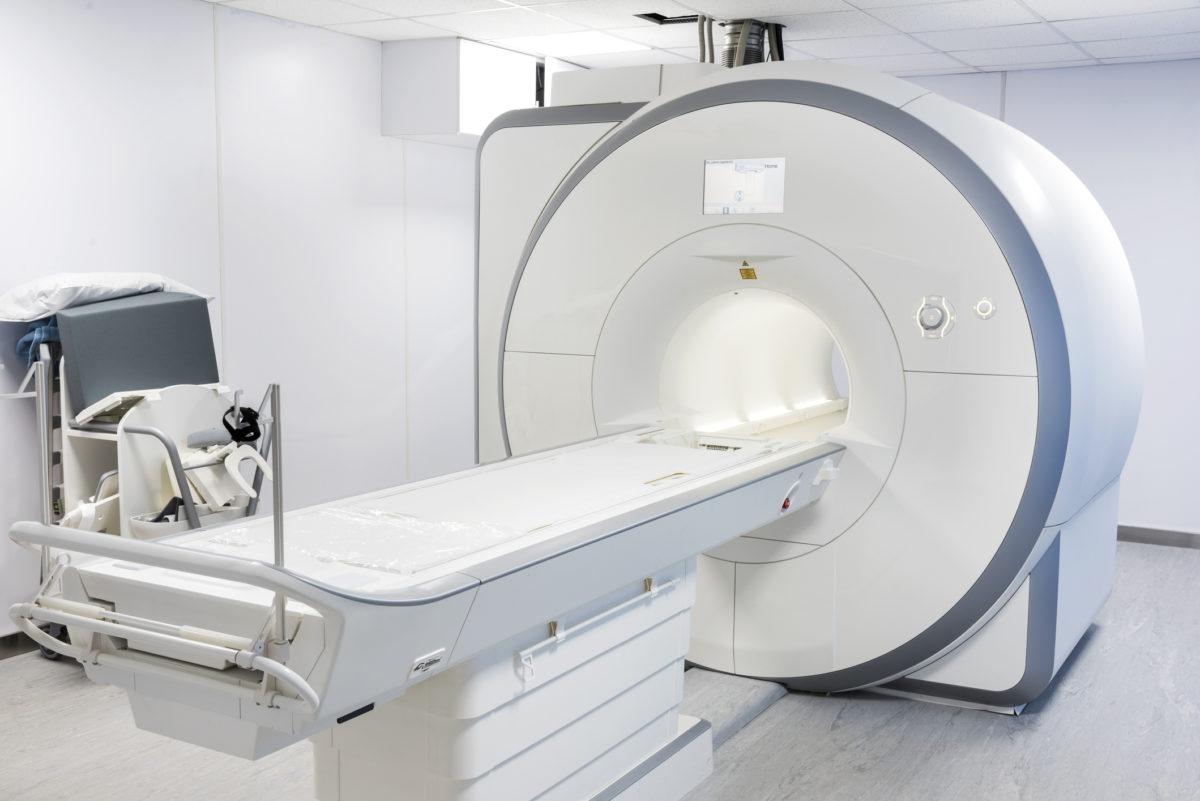When it comes to medical equipment, everything is held to a higher standard. The generic chiller does not have the consistency nor reliability necessary to run with this much responsibility.
In this blog post, we’ll look at the role chiller systems play in medical devices, as well as some of the things you should look for when searching for medical chillers.
Chiller systems for medical devices
You’ll find chillers in several different medical applications, including MRIs, CT scanners, linear accelerators, PET scanners and body temperature management systems.
They’re also used to cool machinery during laser surgery, to keep blood samples cool for lab tests, and in body temperature management systems, which control the body’s core temperature, bringing it up or down to relieve symptoms of strokes, heart attacks and hypothermia.
What should I look for in a medical chiller system?
1. Temperature accuracy
Medical professionals need to know that their precision medical equipment is offering accurate temperature control, ideally maintaining temperature at +/-1 °F.
With the proper capacity modulation options, your chiller will let you reach this level of precision without high degrees of compressor cycling, which will shorten your component life.
There are ways to prevent this, such as using two compressors, employing a hot gas bypass valve or using a digital compressor, which uses an algorithm in its microprocessor to look at the rate of change between inlet and outlet temperature, and then ramp the compressor up or down to meet the desired load.
With chiller systems providing consistent, accurate temperature, you’ll guarantee greater up-time for your medical equipment.
2. Reliability
Up-time is crucial for medical devices. So is the knowledge that they’ll work in any environment. Chiller systems should work in a place like Michigan, where temperatures hit 30 or 40 degrees below zero. And they also need to operate in places like Nevada, where 125-degree days aren’t unheard of.
When ambient temperatures are lower, it affects the pressure in the chiller system. When temperatures drop, so does pressure. The system to maintain a minimum discharge pressure for the refrigerant circuit to function and remove heat from the fluid passing through for medical equipment.
One additional way to keep fluid temperature regulated is through the use of supplemental fluid coolers. With fluid coolers, glycol will bypass the chiller, pulling in cold ambient air to provide cooling with less wattage, thereby reducing your energy footprint and overall costs.
3. Green options
Chiller systems should be designed with environmental responsibility in mind. That means working with only EPA-approved refrigerants and energy-efficient compressors, keeping glycol out of the water systems, and supplemental fluid coolers that reduce energy consumption.
Are you looking for chiller systems for medical devices that meet all these requirements? Turn to Drake Refrigeration Inc.
With close to 40 years of experience in the medical chiller field, we bring our expertise and engineering experience to every chiller we design, fabricate and test to make sure we’re providing reliability and ease of operation without sacrificing either.
You’ve made a multimillion-dollar investment in your medical equipment. You need to know you’ll be able to get it up and running 24/7. Drake’s engineering and support team can help. Contact us today to learn more about our medical chiller systems and how they can keep your patients safe and healthy.


